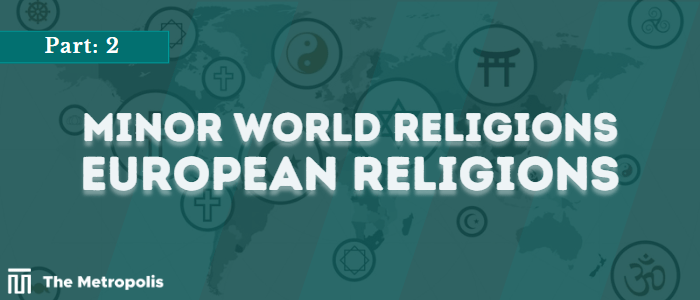Anjum Anam –
In the study of religion, the five largest and most widely practiced religious movements — Hinduism, Buddhism, Judaism, Christianity, and Islam — are grouped under the heading of “world religion”. Other world religions including Taoism, Jainism, Sikhism, Zoroastrianism, and the Baháʼí Faith are also included in this group by some academics. These are frequently compared to other classifications by academics, like indigenous religions and new religious movements. These religions are essentially considered minor ones.
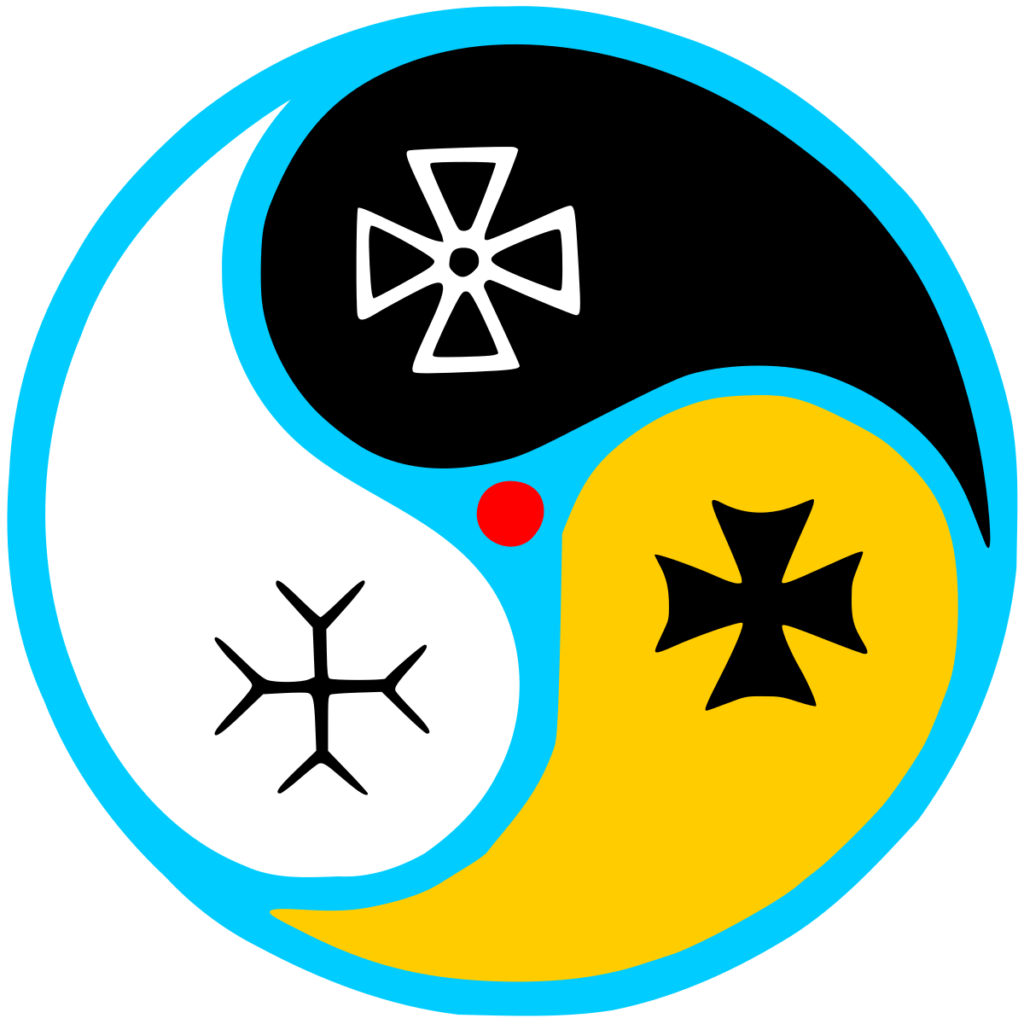
Assianism (Ossetian: Уацдин, Uatsdin) is a modern Pagan religion derived from the traditional mythology of the Ossetians, who are thought to be the living ancestors of the Scythians of the Alan tribes. The religion is known as “Assianism” among its Russian-speaking adherents and as Uatsdin by Ossetians in their language.
The highest God of Assianism is Xwytsau. He is the architect of the cosmos and all living things. According to Assian theology, God is present in all living things and manifests as reason and morality in people. Worship is offered to lesser gods and spirits, including their most revered member, Uastyrdzhi, who serves as an intermediary for Xwytsau.
A group of nationalist intellectuals who formed the sacerdotal Styr Nykhas (Great Council) in the early 1990s gave the resurrection of Ossetian folk religion its official name, Ætsaeg Din (True Faith) in the 1980s.
In 2010, the Ossetian linguist Tamerlan Kambolov created the alternative term Uatsdin, which has since become the most popular name for the religion in Ossetian. He did this because of concern that the notion of Ætsaeg Din held implications of universal truth that may offend Christians and Muslims.
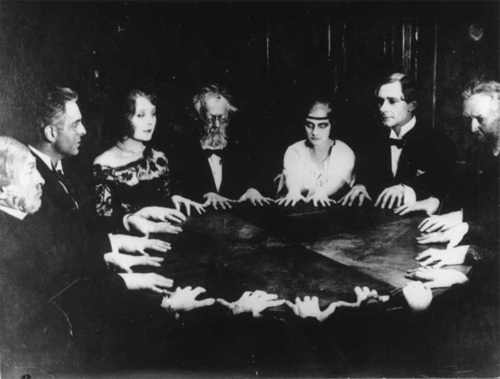
Spiritualism
Spiritualism is a religious movement that was founded on the idea that the spirits of the dead can communicate with living people. Spiritualists attempted to communicate with the dead, usually with the help of a medium, who was thought to be able to speak with the dead directly. Some mediums claimed to be the cause of different paranormal physical events (including the materializing or movement of items) via which the spirits made their presence known, while others claimed to work while in a trance-like state.
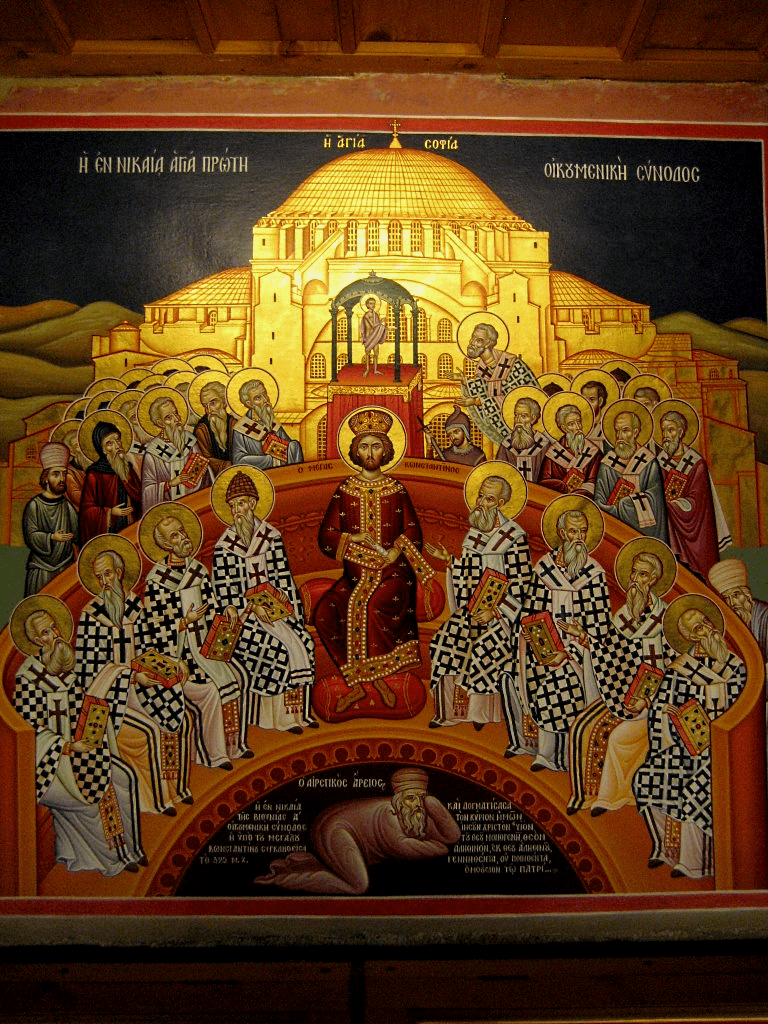
Nontrinitarianism
A theological conception of God that denies the Trinity is known as Nontrinitarianism. Nontrinitarians reject the idea that three eternal, equal Persons share a perfect oneness. Nontrinitarian sects within Christianity, as it is generally understood, hold that God the Father is God but that Jesus and the Holy Spirit are not equal to Him.
Before the Trinity dogma was codified in AD 325, 381, and 431 at the Councils of Nicaea, Constantinople, and Ephesus, several nontrinitarian doctrines, including Monarchianism and Adoptionism, were in existence. Later, Nontrinitarianism was revived by Cathars from the 11th to the 13th century, the Unitarian movement during the Protestant Reformation, the Age of Enlightenment in the 18th century, and various movements emerging from the Second Great Awakening in the 19th century.
Nontrinitarianism is connected to several myths. Adoptionism asserts that at some point during His earthly life — perhaps during His baptism, resurrection, or ascension — Jesus was “adopted” as the Son of God.
Modalism is another, according to which God is an undivided being who occasionally emerges as one of three Persons.
Subordinationism, which asserts that the Son and Holy Spirit are inferior to the Father in nature and being, is another option. The Jehovah’s Witnesses, Mormons, Swedenborgians, Christadelphians, members of the United Church of God, and Oneness Pentecostals are among the Nontrinitarian sects who claim to be followers of Christ.
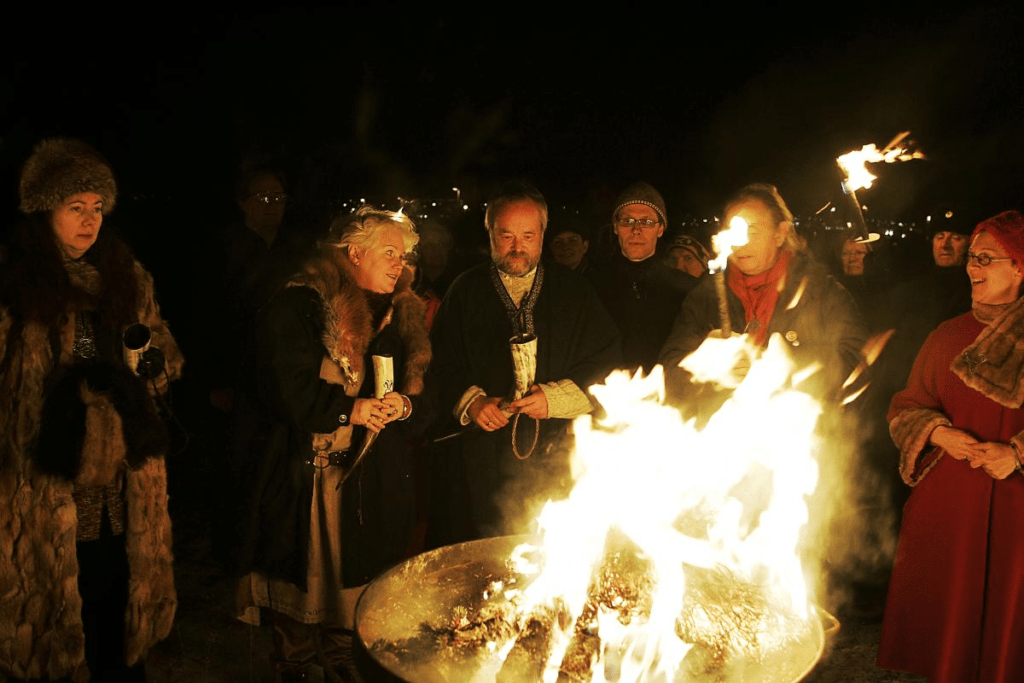
Heathenry
Heathenry is a modern Pagan religion. Its adherents model it after the pre-Christian faiths practiced by the Germanic peoples of the Iron Age and Early Middle Ages, which was developed in Europe during the early 20th century. Heathenry attempts to rebuild these ancient belief systems by using historical, archaeological, and folkloric information that has survived, albeit methods for analyzing this data vary widely.
Although there are national and worldwide organizations designed to promote networking among Heathens, there are no central authorities in heathenry and no single organization to which all heathens belong. One such group is Asatru UK, which has over 2500 members and is managed by a kindred council of nine. It is accessible to Heathens nationwide.
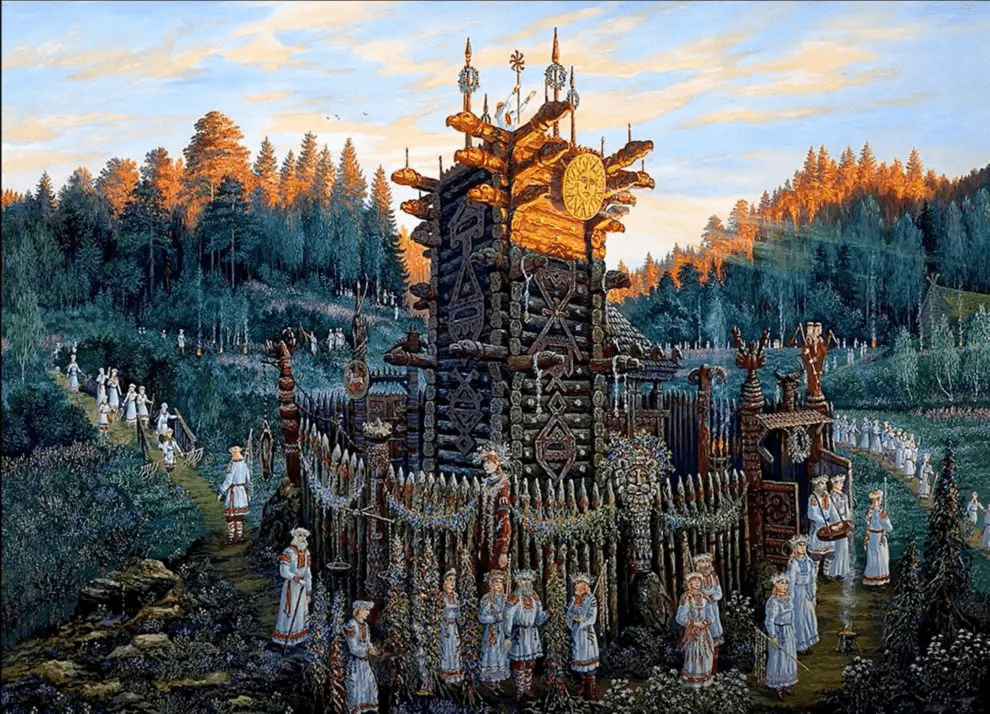
Rodnovery
Rodnovery is a modern religious movement based on Slavic native beliefs. In general, Rodnovery’s theology is monistic and based on the idea that there is one ultimate, supreme God (Rod) who created the cosmos and embodies it in all of its occurrences. A fundamental component of Rodnovers’ beliefs and activities is polytheism, which is the worship of the gods, spirits, and ancestors — facets of the almighty Rod causing all events. Rodnovery’s emblem is a kolovrat that resembles a swastika.
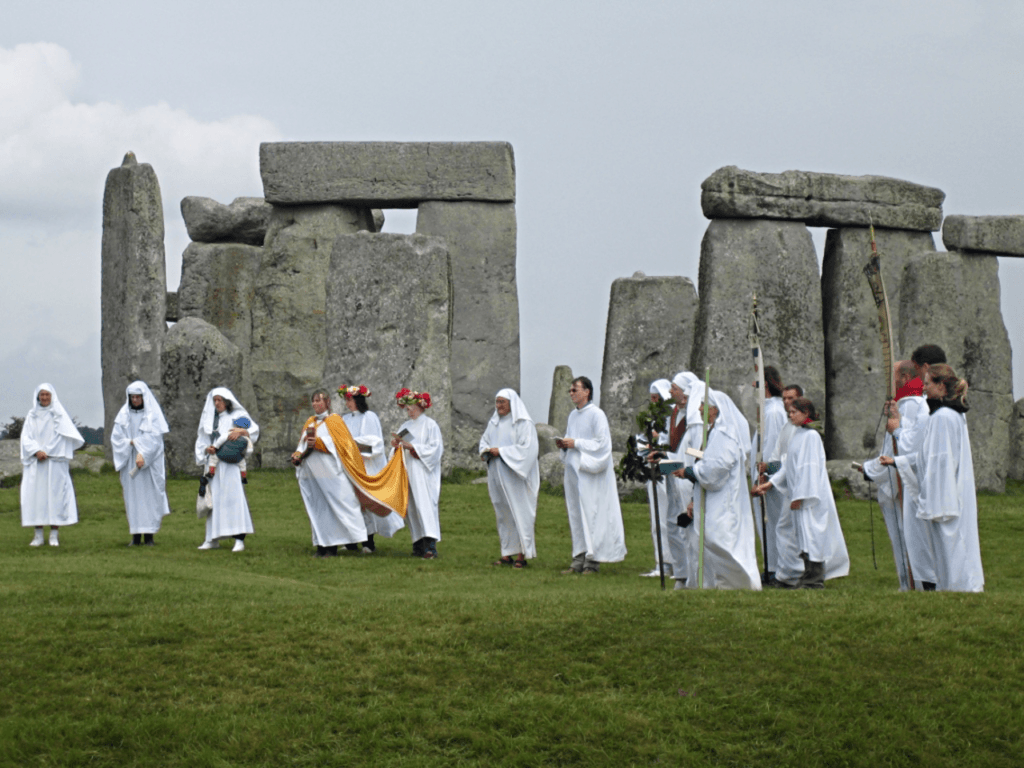
Druidry
Druidry is a modern spiritual or religious movement that encourages the development of respectful relationships with varied peoples, physical landscapes, flora, and animals, as well as with natural deities and place-based spirits.
Early neo-Druids sought to ape the Iron Age priests known as druids and emerged from the Romanticist movement of the 18th century in Britain, which extolled the old Celtic peoples of that era. The present Druidic movement has no direct relationship to these old priests, despite assertions to the contrary made by some modern Druids, and at the time, little reliable information about these ancient priests was available.
By 2020, modern Druidry had spread to 34 nations, across 6 continents and had taken root in 17 diverse biomes.
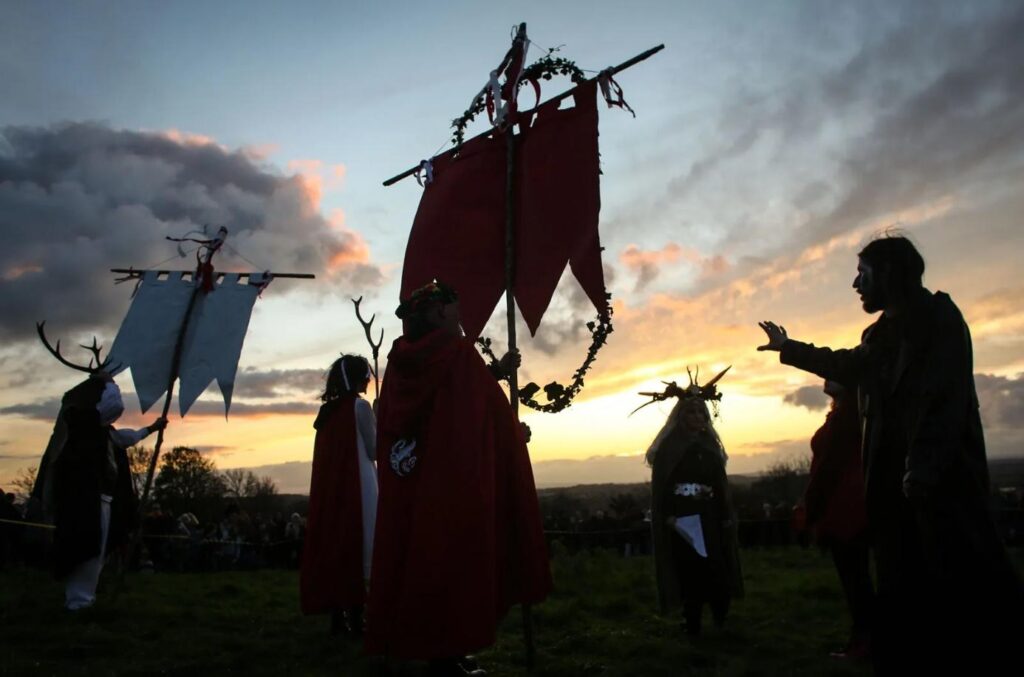
Wicca
Wicca is a contemporary, in one with nature, pagan religion. Although Wiccans have a variety of rituals and practices, most observations of Wiccan practices and rituals include the celebration of solstices and equinoxes as festivals, the honoring of a male deity and a female goddess, and the use of herbs and other natural materials in ceremonies. Many Wiccans believe in reincarnation and follow an ethical code when practicing their faith.
It was created in England during the first part of the 20th century, and Gerald Gardner, a retired British civil officer, presented it to the public in 1954. For its theological framework and ritual procedures, Wicca draws inspiration from a wide range of ancient paganism and 20th-century hermetic ideas.



